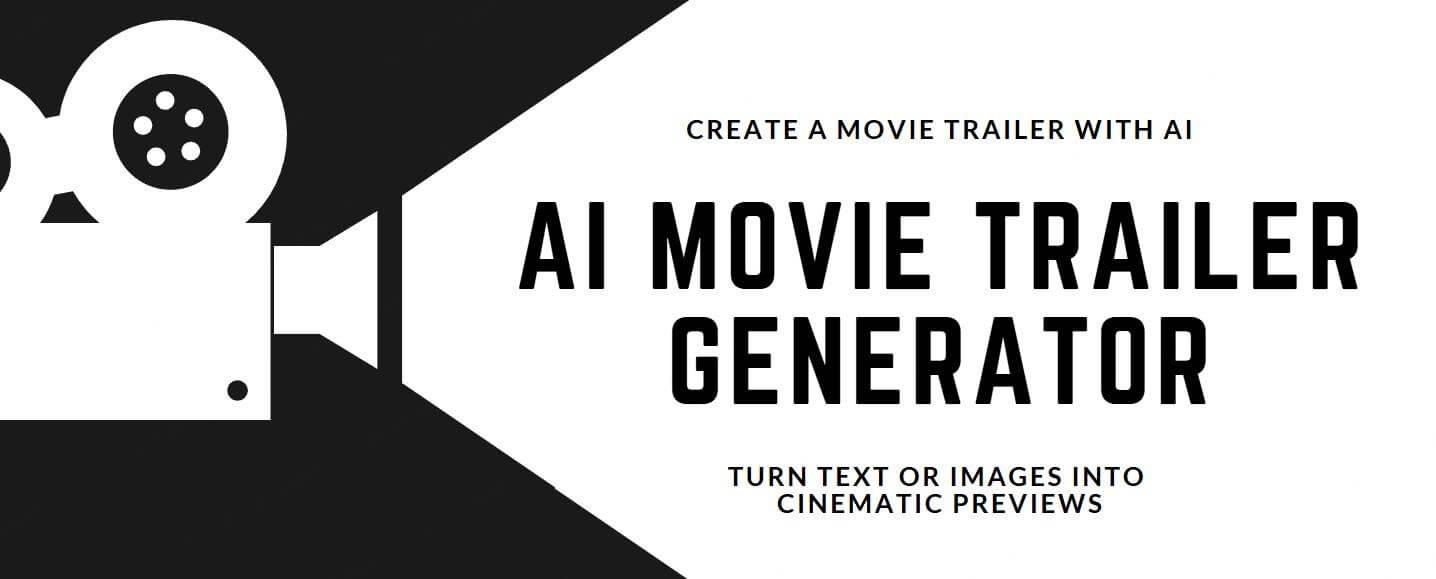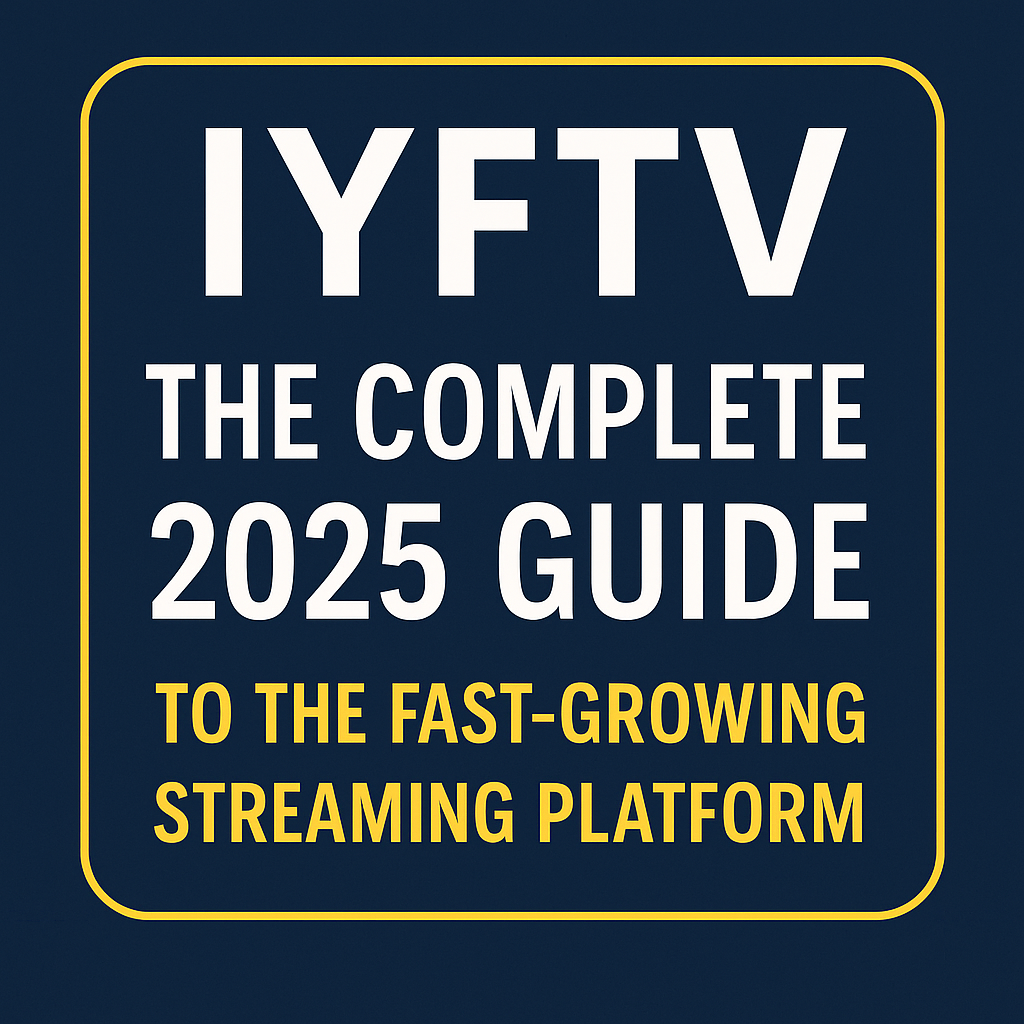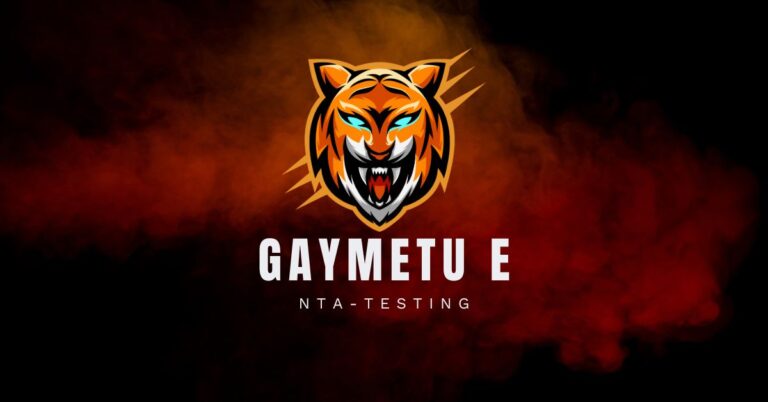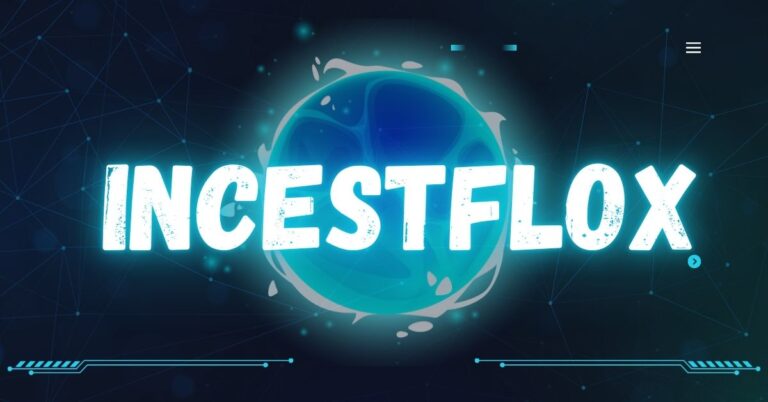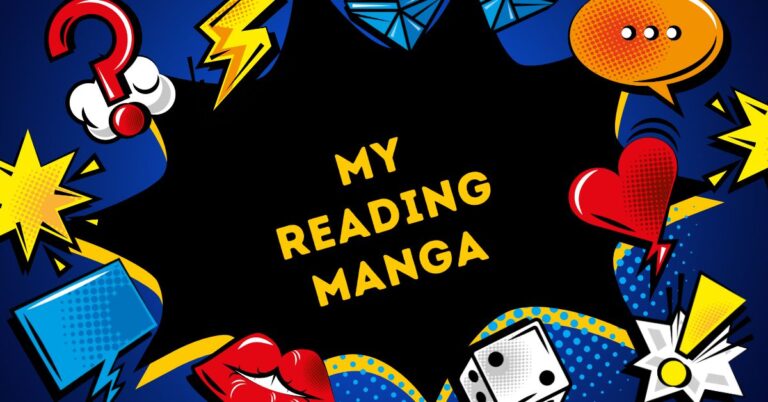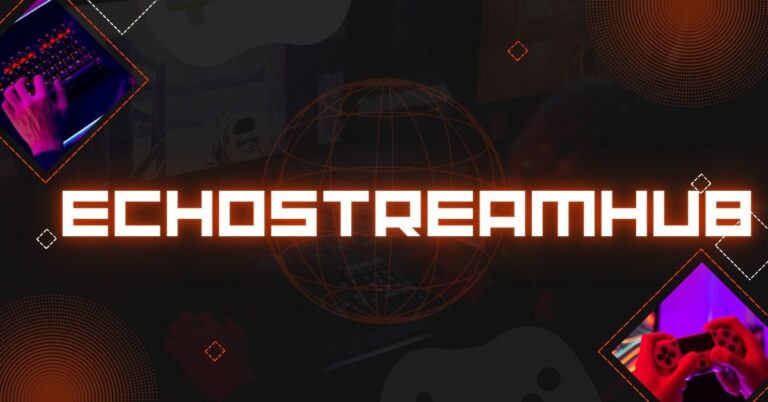Top 7 AI Movie Trailer Maker Tools for Cinematic-Level Promos
Creating a cinematic movie trailer used to take expensive editing suites, professional editors, and weeks of work. But now, thanks to artificial intelligence, anyone — from indie filmmakers to YouTube creators — can produce professional-grade trailers in hours.
AI tools can automatically generate scripts, sync visuals with audio, and craft dramatic sequences that feel like Hollywood. Here are the top 7 AI movie trailer maker tools that help you create breathtaking, cinematic-level promos.
1. Invideo — Best All-in-One AI Trailer Creator
Invideo is a user-friendly platform for creating cinematic movie trailers without expert editing skills. Packed with ready-made soundtracks and effects, it helps you produce professional results fast. Its ai movie trailer maker can turn scripts or short prompts into dynamic visuals, transitions, and music in minutes — saving hours of manual editing.
As one of the most advanced ai video apps, Invideo lets you generate scenes, trim clips, adjust audio, and add cinematic effects directly in your browser. Perfect for filmmakers, marketers, and brands, it streamlines the trailer-making process from idea to polished promo effortlessly.
Best For: Filmmakers, marketers, and YouTubers looking for a fast, AI-powered editing solution.
Key Features: AI script generation, cinematic templates, text-to-video creation, and browser-based editing.
2. Runway — Advanced Generative Video & VFX Creation
Runway is a creative powerhouse that brings Hollywood-level effects to everyday creators. It offers features like text-to-video, video-to-video transformation, and background removal — all powered by cutting-edge AI.
For movie trailer creation, Runway allows users to generate dynamic cinematic shots from simple text prompts. You can style your trailer with atmospheric lighting, futuristic landscapes, or dramatic zooms without shooting a single frame.
Runway’s Gen-3 model helps maintain visual consistency between shots, making it perfect for storytelling across different scenes.
Best For: Creators who want professional VFX-style visuals without big production costs.
Key Features: Text-to-video, background removal, AI editing, and consistent character rendering.
3. Kaiber — Stylish, Music-Driven AI Visuals
Kaiber stands out for its ability to generate stunning, music-reactive video sequences — perfect for action, fantasy, or emotional trailers. You can start with an image, text prompt, or audio track, and Kaiber’s AI will produce matching motion visuals.
If your trailer relies heavily on music or dramatic transitions, Kaiber can make scenes pulse to the rhythm of your soundtrack, giving your video that theatrical intensity. It’s ideal for creators who want visually striking shots and smooth transitions with a unique artistic touch.
Best For: Music-driven or stylized trailers that need energy and emotion.
Key Features: Audio-reactive motion, customizable art styles, and simple prompt-based control.
4. Pika Labs — Quick AI Video Generation for Storytelling
Pika Labs is gaining traction among content creators for its fast and reliable AI video generation capabilities. You can input short descriptions or scripts, and the AI instantly transforms them into cinematic clips.
It’s particularly effective for short trailers, teasers, and social media promos. Pika Labs maintains character consistency across multiple shots, helping you tell a cohesive story within your trailer.
The platform also allows users to experiment with different styles — from fantasy and sci-fi to realistic cinematography — making it a flexible option for creators working on varied projects.
Best For: Story-driven short trailers and concept visuals.
Key Features: Fast text-to-video generation, character continuity, and flexible styling.
5. Descript — AI-Powered Editing and Voice Narration Tool
Descript is a powerful AI editing suite that’s perfect for enhancing trailer narration and dialogue. It offers unique features like Overdub (AI voice cloning), text-based editing, and automatic filler word removal — making trailer narration smoother and more professional.
You can upload your trailer draft, polish the voiceover, adjust pacing, and even sync music — all within a simple interface. Descript’s sound design tools are especially handy for dramatic voiceovers and cinematic storytelling, letting you fine-tune tone and rhythm effortlessly.
It doesn’t generate visuals like some other tools on this list, but it excels at making the audio and narrative elements of your trailer shine.
Best For: Filmmakers and marketers focused on professional narration and sound design.
Key Features: AI voiceover generation, transcript-based editing, and precise sound mixing.
6. Movio — Realistic Spokesperson and Lip-Sync Videos
Movio (and similar avatar-based platforms) lets you create ultra-realistic spokesperson or presenter clips from text input. This feature is perfect for trailers that include a narrator, host, or testimonial.
Instead of recording live footage, you can pick from lifelike avatars, input your lines, and get perfectly synced speech. Movio supports multiple languages and accents, making it ideal for global audiences or multi-language film promotions.
Best For: Trailers needing an on-camera host or realistic narrator.
Key Features: AI avatars, lip-sync accuracy, multi-language voice options, and realistic facial animations.
7. DeepBrain AI — Realistic Human Avatars for On-Camera Narration
DeepBrain AI specializes in creating hyper-realistic human avatars and natural speech synthesis. If your trailer includes interview-style segments or a host delivering an emotional message, DeepBrain AI can generate that content without needing an actor.
The platform is used widely for news-style intros, promotional videos, and corporate trailers — and now filmmakers are using it to produce cinematic narration shots.
Best For: Professional-looking narrator or spokesperson trailers without live filming.
Key Features: Photorealistic avatars, emotional speech delivery, and AI voice synchronization.
How to Choose the Right AI Trailer Maker
When deciding which AI trailer maker to use, consider the following:
- Your Creative Goal:
Are you making a dramatic story trailer, a product teaser, or a social media promo? Invideo and Runway are great for storytelling, while Kaiber adds energy and mood.
- Production Speed:
If you need quick results, Invideo or Pika Labs will get you there fastest.
- Customization Needs:
Want fine control over visuals? Runway and Kaiber provide more creative depth.
- Narration & Audio:
Descript and Movio excel at creating professional voiceovers and dialogue.
- Budget & Output Rights:
Always check licensing for AI-generated visuals and audio if you’re using the trailer commercially.
Quick Workflow to Build a Cinematic Trailer
Here’s a simple workflow you can follow to create a stunning trailer using these tools:
- Start with the Script:
Use Invideo’s AI script feature or write a short synopsis with scene cues.
- Generate Visuals:
Create specific shots using Runway or Kaiber to enhance the emotional tone.
- Assemble the Cut:
Bring your clips into Invideo to use cinematic structure to your story beats.
- Add Voiceover and Sound:
Record or generate narration using Descript or Movio, then add dramatic music.
- Refine and Export:
Add transitions, filters, and final touches. Export in HD for YouTube, Instagram, or your film website.
Final Thoughts
AI tools have opened a new era in cinematic storytelling. With platforms like Invideo, Runway, Kaiber, and Descript, creators can produce professional-quality trailers without the high cost of traditional post-production.
Whether you’re promoting a short film, building hype for your YouTube series, or marketing a new product, an AI movie trailer maker can help you deliver an emotional, high-impact story that grabs attention instantly.
And as AI technology evolves, expect even more creative possibilities — from 3D scene generation to fully synthetic actors — transforming how we create and experience visual storytelling.

